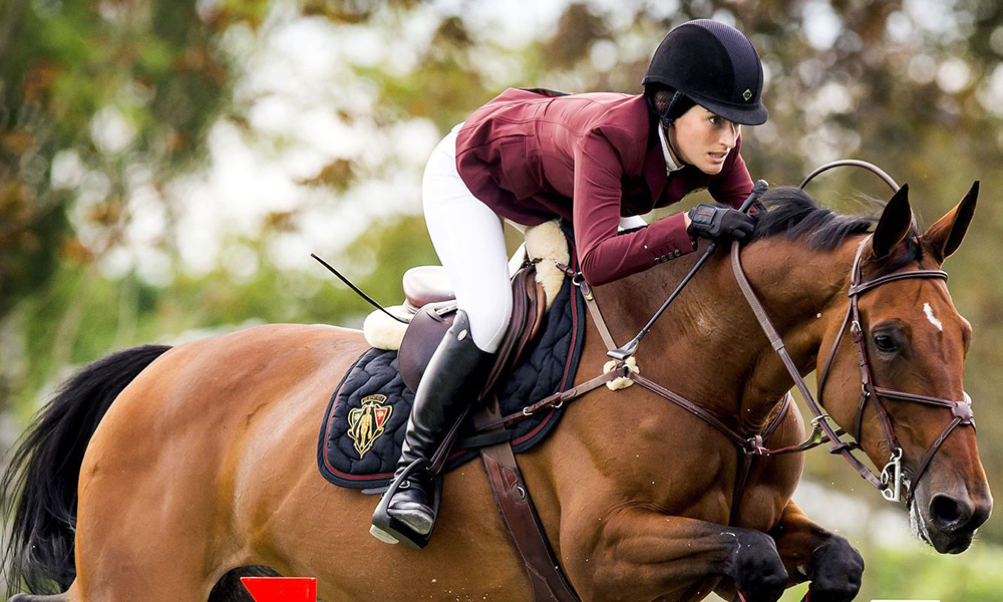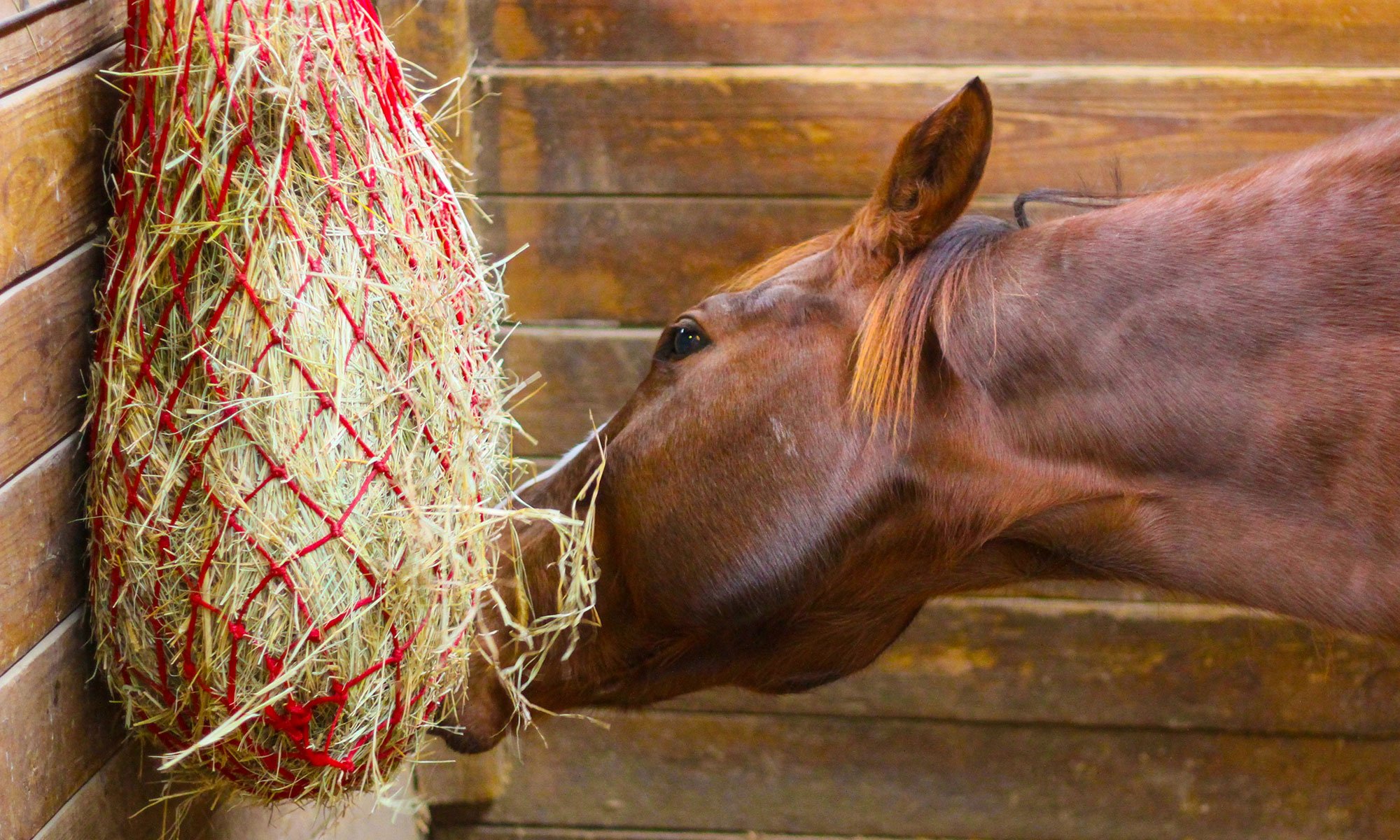If a friend blindfolded you and blew the smell of ammonia in a bottle on you, your immediate and instinctive reaction would be to immediately recoil, as if you were touching a hot stove.
In a stable this smell is usual, typical, and for some of us it is almost an invitation to enter to meet our beloved Horse.
In fact, this shows that the response to the smell of ammonia varies with each situation and, not a secret, for the love of our Horses we are able to ignore dangerous threats.
The only question to ask ourselves at this point is: is the smell of ammonia a threat to us and our Horses?
Spoiler: don’t blame your Horse’s urine because it is ammonia-free! Don’t you believe…?
Our reaction to the smell of ammonia is milder when we are in an environment populated by Horses for two simple reasons:
– we are not surprised, in fact we take his presence for granted;
– We associate this smell with the wonderful positive feelings that our Horses make us experience.
Back to the real issue. Are ammonia fumes dangerous?
Let’s take a closer look at the gas itself-what is ammonia?
Ammonia (NH3) is a caustic gas recognized by institutions and in scientific publications as a“strong irritant” even in small doses and at relatively low concentrations.
Most often, ammonia irritates vulnerable tissues such as skin, eyes, nose, respiratory system and lungs.
The effect can range from short-lived reversible discomfort to severe health effects of a chronic, irreversible, and sometimes lethal nature.
How much ammonia is too much?
The standard reference that sets safe limits for exposure to noxious gases, including ammonia, is the Acute Exposure Guideline Level, or AEGL.
There are three AEGL exposure levels, each divided into five exposure periods: 10 minutes, 30 minutes, one hour, four hours and eight hours. The stronger the ammonia, the shorter the exposure time that can cause irreversible injury.
We measured ammonia levels for six consecutive years in several high-end facilities.
Everywhere, ammonia levels inside the pits ranged from 80 to 450 ppm (parts per million) when measured within 30 centimeters of the pit floor.
Fans installed in the pits and other rooms did not have a significant effect on ammonia levels.
Even at five feet off the ground (roughly in the range of the average human nose), ammonia levels in the pits ranged from 10 to 50 ppm.
In summary:
– ammonia levels were below the AEGL-1 threshold (maximum 30ppm), considered non-hazardous, only in the corridors of the facilities;
– in many boxes, levels equal to AEGL-3 were recorded, thus, potentially lethal.
This level, in fact, is represented by an exposure of 390 ppm for eight hours. It was therefore far exceeded in the many pits where we recorded levels as high as 450 ppm at 30 centimeters above the ground.
Consider now that many Horses spend much more than eight hours in their stalls each day.
The risk to eye, skin and respiratory injury is real!
This does not mean that every Horse exposed to these high levels of ammonia risks lethal consequences, but certainly his future as an athlete and, in general, his quality of life can be severely compromised.
Where is all this ammonia coming from in your Horse’s stall?
Let’s dispel a myth right away:your Horse’s urine does not contain ammonia!
His, urine, however, contains a by-product of his digestion called “urea,” which is absolutely odorless. Ammonia is formed by the breakdown of urea by bacteria that feed on it.
To complicate this investigation, another factor intervenes: your Horse’s urine, if healthy, is sterile and does not contain the bacteria in question.
So where do these bacteria come from?
They are abundant in many soil substrates. If urea is regularly available, their population, though initially small, soon explodes and, as a result, the ammonia level in the stall intensifies exponentially with each new “arrival” of urea-rich food (your horse’s urine).
How to prevent ammonia formation in your Horse’s stall?
Let’s do some calculations first.
The typical volume of urine your Horse excretes in a single urination ranges from 1.8 liters to more than 3 liters. Multiply this volume by all the times your Horse urinates inside the box.
Well, there is no litter in the world capable of absorbing these volumes.
Not the clay ones, not the sand ones, not the gravel ones, not the porous concrete ones, not the rubber mats.
In addition:
– when you remove the soiled litter box, can you be sure that you have removed 100 percent of the urine in the box?
– Is the floor under the litter box porous and, therefore, can absorb urine?
The problem, you understand, is quite complex, and to be solved you need a solution that can guarantee you:
– maximum water resistance;
– Zero escape routes for urine;
– ease of cleaning;
– comfort for your Horse.
In box construction is, therefore, crucial:
- Designing nonporous floors;
- Use rubber mats that cover the entire surface and should be tightly adhered to the walls so that the entire area is sealed;
- avoid mats in small sections that fit together like pieces of a jigsaw puzzle-they cannot provide you with the necessary waterproofing.
The solution, 13 years after the book How To Be The Perfect Horsekeeper.
In her book, published in 2005, Karen E. N. Hayes, a veterinarian and award-winning author of five books on horse care and hundreds of articles in magazines such as Equus and Horse & Rider, pointed out what she said were the best systems in the world:
– Lap-N-Lock in first place;
– ComfortStall in third place.
Thirteen years later, we asked the author, a true benchmark for the worldwide community of Horse lovers, if she had changed her opinion.
Well, the Lap-N-Lock system did not hold a candle to the ComfortStall system, neither for combating ammonia fumes nor for ensuring maximum comfort for the Horses.
ComfortStall, says the author, remains soft, grass-like, provides the best hoof support and provides the ultimate inwaterproofing, durability and ease of cleaning.
In addition, unlike Lap-N-Lock panels, ComfortStall is extremely easy to install.
Having heard from the expert, at this point, all that remains is to crown Haygain’s ComfortStall the world’s best pit flooring system: durable, comfortable and a real safety against the problem of ammonia fumes.
Do you need help?
Contact us and we will help you to find the product
that best suits your needs.


